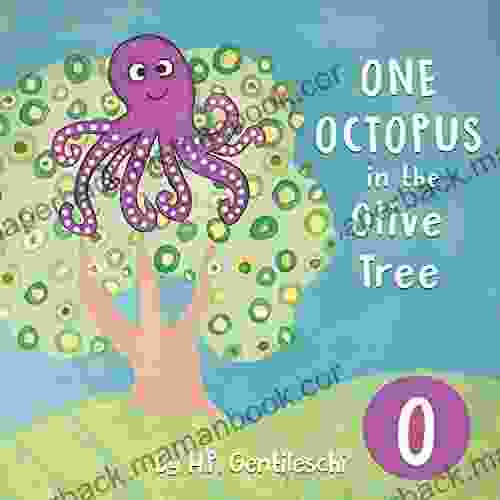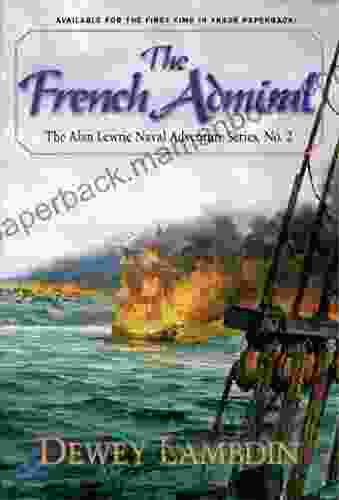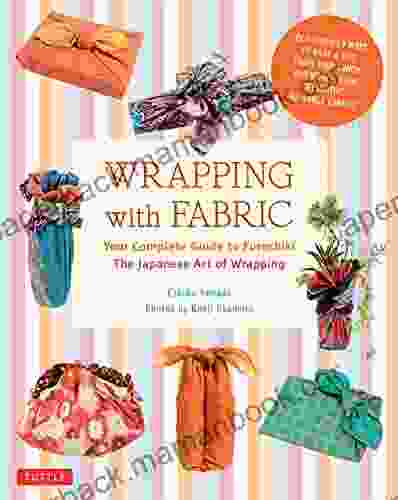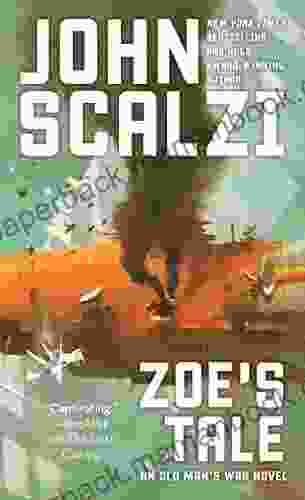Your Complete Guide to Furoshiki: The Japanese Art of Wrapping

Furoshiki is the traditional Japanese art of wrapping gifts, objects, and food using cloth. This time-honored practice has been passed down through generations and continues to be an essential part of Japanese culture. Furoshiki is not only a creative and sustainable way to package items but also adds a touch of elegance and grace to any occasion.
In this comprehensive guide, we will delve into the history, techniques, and applications of furoshiki. You will learn how to fold and tie furoshiki in various ways, discover the different types of fabrics used, and explore the cultural significance of this ancient art form.
The origins of furoshiki can be traced back to the Nara period (710-794 AD) when it was used to transport clothing and other belongings in cloth bundles. Over time, furoshiki evolved from a practical means of carrying items to a decorative and ceremonial art form. During the Edo period (1603-1868),furoshiki became increasingly popular as a way to wrap gifts and became an integral part of Japanese customs and traditions.
4.7 out of 5
| Language | : | English |
| File size | : | 12688 KB |
| Text-to-Speech | : | Enabled |
| Screen Reader | : | Supported |
| Enhanced typesetting | : | Enabled |
| Print length | : | 112 pages |
Furoshiki can be made from a variety of fabrics, each with its own unique characteristics and uses.
- Cotton: Cotton is a versatile and durable fabric that is commonly used for furoshiki. It is available in a wide range of colors and patterns, making it suitable for both casual and formal occasions.
- Silk: Silk is a luxurious and elegant fabric that adds a touch of sophistication to any wrapped item. It is often used for special occasions and gift-giving.
- Linen: Linen is a strong and absorbent fabric that is perfect for wrapping food and other perishable items. It is also a good choice for outdoor use.
- Synthetic fibers: Synthetic fibers such as nylon and polyester are lightweight and water-resistant, making them ideal for wrapping items that need protection from the elements.
There are numerous furoshiki folding techniques, each with its own unique appearance and purpose. Here are some of the most basic and versatile folds:
- Spread the furoshiki out on a flat surface with one corner facing you.
- Bring the two adjacent corners together and tie them in a knot.
- Repeat steps 2 and 3 with the other two corners.
- Flip the furoshiki over and tuck the loose ends of the knots into the center.
- Spread the furoshiki out on a flat surface with one corner facing you.
- Bring the two adjacent corners together to form a triangle.
- Tie the two corners together with a knot.
- Fold the remaining corner over the knot and tuck it in.
- Spread the furoshiki out on a flat surface with one edge facing you.
- Fold the bottom edge up by about one-third.
- Fold the sides in towards the center, overlapping slightly.
- Fold the top edge down over the sides and tuck it in.
Furoshiki is not only an art form but also a highly functional way to wrap and transport items. Here are a few creative applications of furoshiki:
Furoshiki is a beautiful and eco-friendly way to wrap gifts. It adds a touch of personal style and can be reused over and over again.
Furoshiki can be used to store food in a sustainable and convenient way. It is perfect for wrapping sandwiches, snacks, and picnic lunches.
Furoshiki can be transformed into a carrying bag by tying the corners together in different ways. It is a lightweight and versatile alternative to plastic bags.
Furoshiki can be used to add a touch of Japanese flair to your home decor. It can be hung on walls, draped over furniture, or used as a table runner.
Furoshiki is deeply rooted in Japanese culture and has been used for centuries to express creativity, sustainability, and respect for the environment.
- Mottainai: The Japanese concept of mottainai, which means "a sense of regret over waste," is closely associated with furoshiki. Furoshiki helps to reduce waste by eliminating the need for disposable packaging.
- Gift Giving: Furoshiki is an important part of gift-giving etiquette in Japan. The way the gift is wrapped conveys the giver's thoughtfulness and respect for the recipient.
- Environmental Symbol: Furoshiki has become a symbol of sustainability and environmental awareness in Japan. It promotes the reuse of materials and reduces waste.
Furoshiki is a beautiful and versatile art form that has been passed down through generations in Japan. It is a sustainable and creative way to wrap gifts, store food, and transport items. Whether you are a beginner or an experienced wrapper, there is always something new to learn and explore in the world of furoshiki. Embrace this ancient art and add a touch of Japanese elegance and functionality to your life.
4.7 out of 5
| Language | : | English |
| File size | : | 12688 KB |
| Text-to-Speech | : | Enabled |
| Screen Reader | : | Supported |
| Enhanced typesetting | : | Enabled |
| Print length | : | 112 pages |
Do you want to contribute by writing guest posts on this blog?
Please contact us and send us a resume of previous articles that you have written.
 Top Book
Top Book Novel
Novel Fiction
Fiction Nonfiction
Nonfiction Literature
Literature Paperback
Paperback Hardcover
Hardcover E-book
E-book Audiobook
Audiobook Bestseller
Bestseller Classic
Classic Mystery
Mystery Thriller
Thriller Romance
Romance Fantasy
Fantasy Science Fiction
Science Fiction Biography
Biography Memoir
Memoir Autobiography
Autobiography Poetry
Poetry Drama
Drama Historical Fiction
Historical Fiction Self-help
Self-help Young Adult
Young Adult Childrens Books
Childrens Books Graphic Novel
Graphic Novel Anthology
Anthology Series
Series Encyclopedia
Encyclopedia Reference
Reference Guidebook
Guidebook Textbook
Textbook Workbook
Workbook Journal
Journal Diary
Diary Manuscript
Manuscript Folio
Folio Pulp Fiction
Pulp Fiction Short Stories
Short Stories Fairy Tales
Fairy Tales Fables
Fables Mythology
Mythology Philosophy
Philosophy Religion
Religion Spirituality
Spirituality Essays
Essays Critique
Critique Commentary
Commentary Glossary
Glossary Bibliography
Bibliography Index
Index Table of Contents
Table of Contents Preface
Preface Introduction
Introduction Foreword
Foreword Afterword
Afterword Appendices
Appendices Annotations
Annotations Footnotes
Footnotes Epilogue
Epilogue Prologue
Prologue Kindle Edition
Kindle Edition W H Thomas
W H Thomas J T Lewis
J T Lewis Varleisha Gibbs
Varleisha Gibbs Kanji Okamoto
Kanji Okamoto Morgan St James
Morgan St James Jack E Davis
Jack E Davis Georg F L Bausch
Georg F L Bausch Richardson Chaperon
Richardson Chaperon Jeorald Pitts
Jeorald Pitts Travis Breeding
Travis Breeding Bernard Cornwell
Bernard Cornwell Patricia Lee
Patricia Lee Chase Hassen
Chase Hassen Kim Tolley
Kim Tolley Kristof Gustavson
Kristof Gustavson Julia Cameron
Julia Cameron Nancy Mckenzie
Nancy Mckenzie M V Kasi
M V Kasi Linda M Ellis Cummings
Linda M Ellis Cummings
Light bulbAdvertise smarter! Our strategic ad space ensures maximum exposure. Reserve your spot today!

 Anthony BurgessThe Literary Charms of "One Octopus in the Olive Tree": Exploring Nature's...
Anthony BurgessThe Literary Charms of "One Octopus in the Olive Tree": Exploring Nature's...
 Harvey HughesThe Ultimate Experts Explain Common Cat Behaviors And Reveal How To Prevent...
Harvey HughesThe Ultimate Experts Explain Common Cat Behaviors And Reveal How To Prevent...
 Mario Vargas LlosaA Comprehensive Guide to First Semester Middle School English as a Foreign...
Mario Vargas LlosaA Comprehensive Guide to First Semester Middle School English as a Foreign... Trevor BellFollow ·6.7k
Trevor BellFollow ·6.7k David Foster WallaceFollow ·5k
David Foster WallaceFollow ·5k Gary ReedFollow ·15.8k
Gary ReedFollow ·15.8k Braeden HayesFollow ·6.1k
Braeden HayesFollow ·6.1k Louis HayesFollow ·17.1k
Louis HayesFollow ·17.1k Francis TurnerFollow ·3.3k
Francis TurnerFollow ·3.3k Jules VerneFollow ·2.2k
Jules VerneFollow ·2.2k Clinton ReedFollow ·16.2k
Clinton ReedFollow ·16.2k

 Jeremy Mitchell
Jeremy MitchellPlay We Now On Christmas Violin Christmas: A Heartfelt...
Play We Now On...

 Terry Bell
Terry BellTales from the Road: Confessions of an Atlanta Uber...
In the vibrant...

 Ervin Bell
Ervin BellThe French Admiral: A Gripping Naval Adventure with Alan...
In the vast expanse of...

 Henry David Thoreau
Henry David ThoreauCrochet Cozy Afghan Patterns: Crochet Weekend Afghan...
to Crochet...

 Orson Scott Card
Orson Scott CardAn Archaeological View Of The Industrialization Of North...
The industrialization of North America was a...

 Josh Carter
Josh CarterClipboard Christmas Skits by Tom Spence: A Festive...
A Christmas...
4.7 out of 5
| Language | : | English |
| File size | : | 12688 KB |
| Text-to-Speech | : | Enabled |
| Screen Reader | : | Supported |
| Enhanced typesetting | : | Enabled |
| Print length | : | 112 pages |






